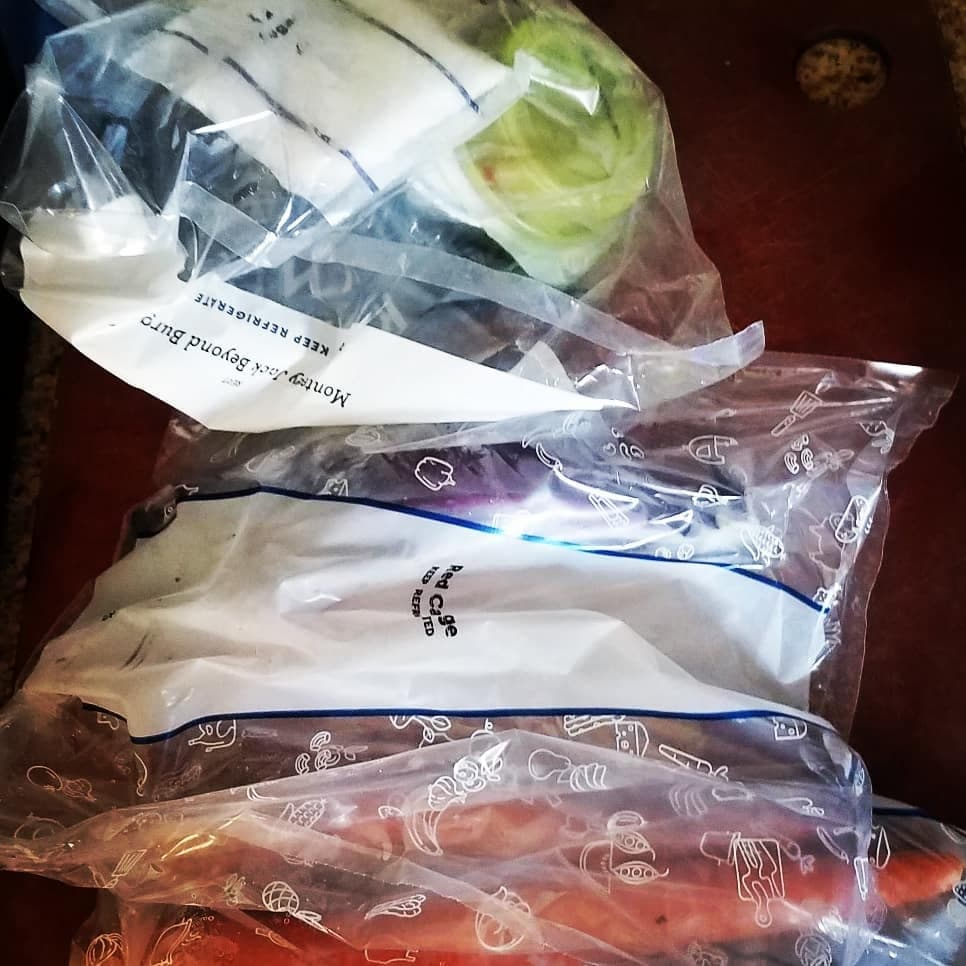Last week, my Thursday came to a screeching halt when I was on my way to pick up a grocery order, literally screeching, as I slammed on my brakes right before another vehicle struck mine. I was daydreaming at a four-way stop and entered the intersection at the same time as another vehicle. Quickly, I was jarred back into reality as my peripheral vision picked up the oncoming grill of a black jeep. I was able to stop, but the other driver couldn’t, plowing into my front end. It shook me, but it was a low speed collision, and our airbags didn’t even deploy. Immediately, the other driver began screaming and swearing, to the point where a woman came out of her house to stand by my vehicle, just in case. In that moment, I saw both the best and worst of humanity.
Ironically, I had been musing after a few near accidents – a car that pulled out in front of me, a car that switched into a lane I was entering – how close catastrophe always is, a fractional change of time, a glance in another direction. I suppose that is why when catastrophe finally struck, I was relieved it wasn’t worse. No one was hurt. My kids were not with me. It was still traumatic, but I wasn’t shouting f-bombs into the neighborhood or weeping. I was just waiting to get to the other side – to the report, the insurance claims, and finally home. The last time I was in a fender bender, it was in the Meijer parking lot. My husband and another driver both backed up at the same time. The other driver had a crying, screaming meltdown, leaving her car blocking traffic and making the situation worse for anyone in the near vicinity. In situations like these, the outcome is always the same, you make a report and go your separate ways. Why make it more difficult and unpleasant? In these situations, I felt I was struck twice, first by someone’s vehicle and then by their emotions. The latter has been more traumatic for me, giving me flashbacks and causing my heart to race.
I can keep my emotions in check, but it’s my thoughts that tend to go vogue. The last time I was the driver in an accident I was sixteen. I was on my way home from Foreign Language Day at a nearby university and wanted to get home to prepare for a trip to Toronto with the National Honors Society – the jet-setting life of a nerd. Because I was in a rush, I passed a slow-moving pick up at an intersection. The pick up turned into my vehicle and we both ended up in a ditch. Amazingly, I only had a bump on my forehead, even though my brother’s Thunderbird was now embedded in a ditch bank and partially under a full-size pick up. I wedged myself out of the vehicle and ran for help (this was before cellphones). The other driver, who was the mother of one of my classmates, had to be taken away in an ambulance. I remember sobbing in my mother’s car, afraid that I had killed someone. Luckily, I didn’t. The other driver had a concussion and a broken arm, minor injuries all things considered.
It’s difficult knowing every time you go behind the wheel or in a car that you are entering a world where accidents are always possible, even if you are the best and most aware driver. However, distractions multiply the chances of a catastrophe. During each of my behind-the-wheel accidents, I wasn’t thinking about driving, I was thinking about where I was going and what I would be doing in the immediate future. Each I could have prevented. This is what haunts me, that my mind was not on protecting and considering everyone else on the roadways, that this lack of focus could be deadly. To overcome my initial fear getting back on the roadways, because there is no stopping in my life, I have begun cataloging everything I see when driving – the road signs, the other vehicles, the people on the sidewalk, etc. My intention is to be a more mindful driver; however, I may be becoming neurotically hyper-vigilant.






